author of Honorable Influence - founder of Mindful Marketing
Influencer marketing has become “the fastest-growing online marketing channel” as countless companies have realized that ordinary people with sizable social media followings can be extremely effective at building their brands.
From 2016 to 2020, revenue from influencer marketing leapt from $1.7 billion to $9.7 billion, and it’s expected to rise even more, to $13.8 billion in 2021. Helping to drive this growth was the 2019 addition of over 240 new influencer marketing platforms and agencies, which enjoyed a whopping $6.50 in sales for every $1 spent.
Who exactly are these influencers? The top three in terms of social media followers are Ariana Grande (429 million), Justin Bieber (455 million), and soccer star Cristiano Ronaldo (517 million), whose recent removal of two bottles of Coca-Cola from a table at a European Championship press conference allegedly caused the beverage brand’s share price to plunge 1.6%.
However, the vast majority of influencers aren’t A-list celebrities whose actions affect stock prices; rather, they’re people who are persuasive in their areas of expertise and are regarded highly by their admirers. A few of these influencers who have the highest numbers of followers are:
- Jamie Oliver – Food (6.7 million)
- Murad Osmann – Travel (4.1 million)
- Chiara Ferragni – Fashion and Style (15.3 million)
- Paul Nicklen - Photography (5.6 million followers)
- Joanna Stevens Gaines – Lifestyle (11.2 million)
- Grace Bonney – Design (932k)
- Huda Kattan – Beauty (28.2 million)
- Jen Selter – Sport and Fitness (12.8 million)
Highly successful influencers undoubtedly share many traits such as strong communication skills and great credibility. Another is age: Most of the top influencers listed above, as well as others on HubSpot’s list, appear to be Gen Ys or Gen Zs. Very few if any have grey hair or wrinkles.
Supporting this observation, a Google search for “old influencers” produces a telling People also ask question: “Are there any influencers over 40?” The fact that this question is so common suggests that many doubt anyone past age 39 can have meaningful social media impact.
The widespread preference for youthful promoters makes a recent headline in The Drum seem almost ridiculous: “The rise of the 50+ influencer.” Really? Encountering a community of half-century and up social media spokespeople seems about as likely as seeing senior citizen sprinters at the upcoming Olympics.
We all know that as we age, our physical and mental capabilities decline, as does our pop culture relevance. Who wants to hear music suggestions or take fashion tips from a 75-year-old? Apparently, some people do, and increasingly those “some” number in the hundreds of thousands and even millions.
MediaKix has identified the “Top 10 Elderly Influencers Dominating Instagram,” a list that includes these well-seasoned spokespeople :
- Baddliewinkle – 3.5 million followers: Helen Winkle’s unique brand attracts sponsors such as Smirnoff, Missguided, and Stash. Her tagline, “Stealing your man since 1928,” suggests she’s in her 90s.
- Iris Apfel – 1.6 million followers: At the age of 97, Apfel is leveraging her extensive background as an interior designer to help build brands that include Vogue, Christie’s, and Hunter Douglas.
- Accidental Icon – 743,000 followers: Lyn Slater is a veteran professor who started a fashion blog in 2014 and is now collaborating with brands like Maison Margiela, Perricone MD, and Oribe.
How are people who are old enough to be great grandparents becoming social media stars? In The Drum article referenced above, author Adam Whyte suggests that pandemic lockdowns kept many people at home and online more often, giving them extra time to be content creators and consumers.
Whyte is probably right that COVID helped speed the trend of older influencers; however, it’s likely one that was evolving anyway. Although they were not early adopters of social media, it was inevitable that at least some baby boomers and Gen Xers would grow into influencer roles given their sheer numbers (about 70 million and 65 million, respectively), their increasing use of Facebook, Instagram, etc., and their growing comfort with technology.
However, there’s an even more deep-rooted reason why the emergence of older influencers makes sense: Even though American culture doesn’t always show it, people do still appreciate age and experience.
This point hit home for me earlier this spring as I interviewed prospective college students for a special scholarship program. One of the questions we asked applicants was, “Who has been the most influential person in your life?” Virtually every person I interviewed identified someone older than them, e.g., a parent, grandparent, coach, or teacher.
If asked the same question, most of us would likely share similar responses. We’ve all appreciated learning from people who have done or seen things we haven’t, often because they’d lived longer.
So, does valuing age mean that older influencers will eventually take over social media influence? Probably not. Age has a strong positive correlation with meaningful influence, but it’s not the cause. People of all ages have valuable talents and experiences they can share.
So many people have positively influenced me over my life that it’s difficult for me to identify just one; however, among them have been several individuals who were younger than me. Ironically, some were my students—one who comes to mind is a young man who despite having a significant physical disability, always exhibited an extremely positive outlook no matter how challenging the circumstances. The fact that he and others were younger than me didn’t matter. What did matter was that I could learn from them.
A person’s influence isn’t as much a function of their age as it is of the type of person they are, what they’re good at, and how effective they are at sharing with others. A potentially helpful way of thinking about these three things is a paradigm I wrote about in an article a few years ago for the American Marketing Association. I called the model “The three C’s of personal branding,” which are:
- Competencies: Everyone has unique talents, but people often need to invest time in developing them so that their knowledge and skills can improve to the point that they become useful to others.
- Character: Theodore Roosevelt said, “People don't care how much you know until they know how much you care.” This truth aptly supports the notion those who influence us most aren’t just those who are smart or talented; rather, they are people who are kind and genuine.
- Communication: Individuals of upstanding character who have valuable competencies won’t be very influential unless they effectively communicate with others. To reach people beyond those with whom they interact each day, influencers need to use some type of mass media, which usually means becoming proficient communicating via today’s most pervasive form of communication—social media.
That fact that the number of older marketing influencers is increasing shouldn’t be surprising. They’ve lived longer, which means many have more to share; however, longevity alone is not what makes someone influential. Individuals of any age who are competent, caring, and good communicators are likely to be successful influencers and practitioners of “Mindful Marketing.”
Learn more about the Mindful Matrix.
Check out Mindful Marketing Ads and Vote your Mind!


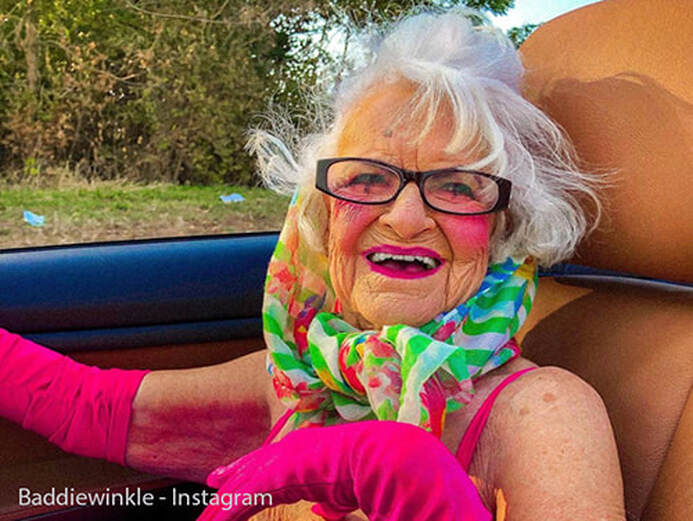
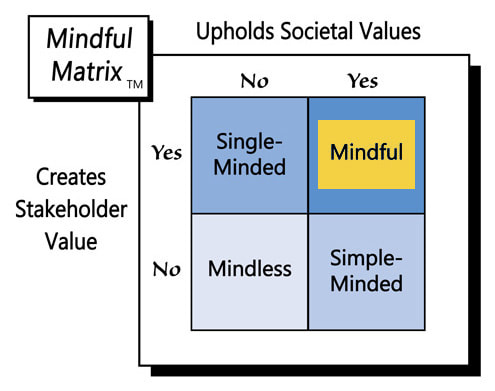
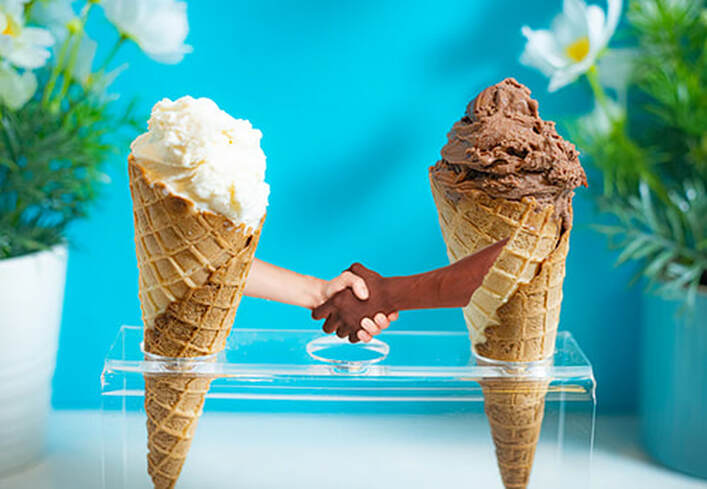
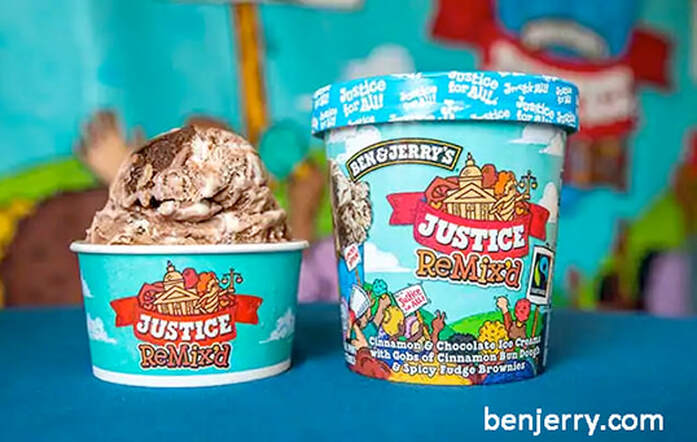
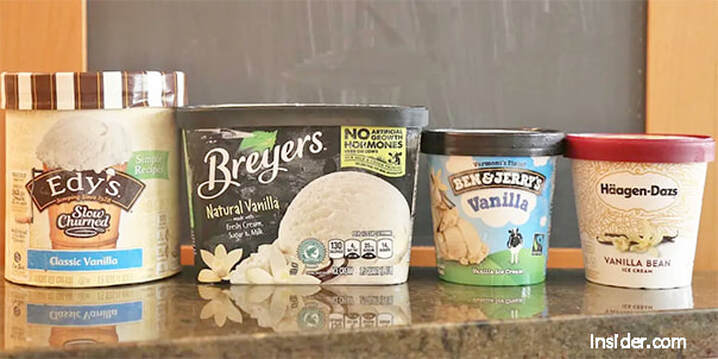
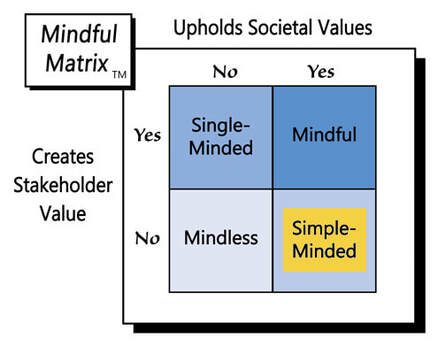
 RSS Feed
RSS Feed